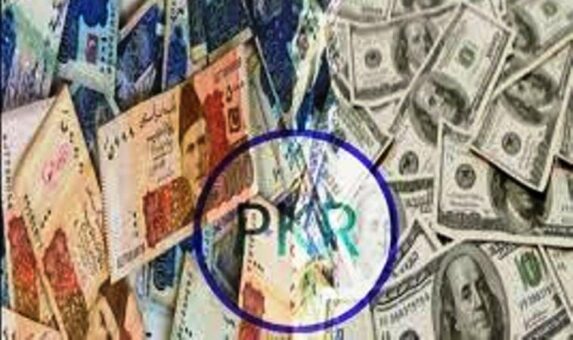KARACHI: The Pak Rupee gained 17 paisas against the dollar on Friday on inflows of remittances and export receipts.
The rupee ended Rs165.79 to the dollar from the previous day’s close of Rs165.96 in the interbank foreign exchange market.
Currency experts said that the market witnessed positive sentiments due to surplus current account and sufficient liquidity of foreign exchange reserves of the country.
The experts said that the rupee was also strengthened due to inflows of the greenback in the shape of workers’ remittances and export receipts. They said that sufficient inflows offset the high demand for import and corporate payments on the last day of the outgoing week.
The rupee gained around 51 paisas during the outgoing week following the announcement of balance of payment (BOP) by the State Bank of Pakistan (SBP) on September 23, 2020.
The current account balance registered a surplus of $805 million during the first two months of the current fiscal year owing to higher inflows of remittances and lower import payment during the period.
According to statistics of BOP released by the SBP on September 23, 2020 revealed that the current account balance had registered a surplus of $805 million during July – August 2020 as against a deficit of $1,21 billion in the corresponding period of the last fiscal year.
The trade deficit contracted by 7.48 percent to $3.4 billion during July – August 2020 as against $3.69 billion in the corresponding period of the last year.
The imports fell by 5.85 percent to $6.99 billion during the first two months of the current fiscal year as compared with $7.43 billion in the corresponding period of the last fiscal year.
